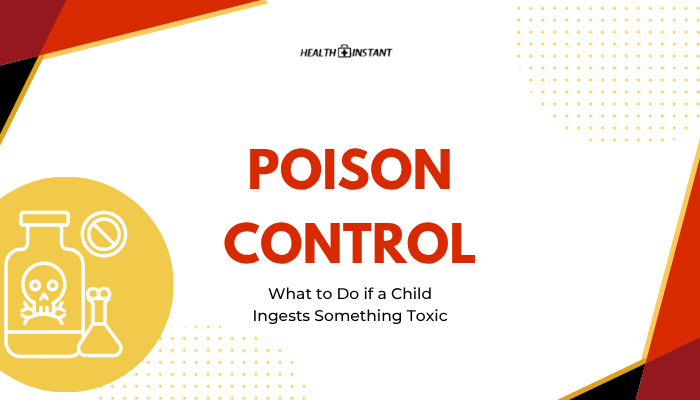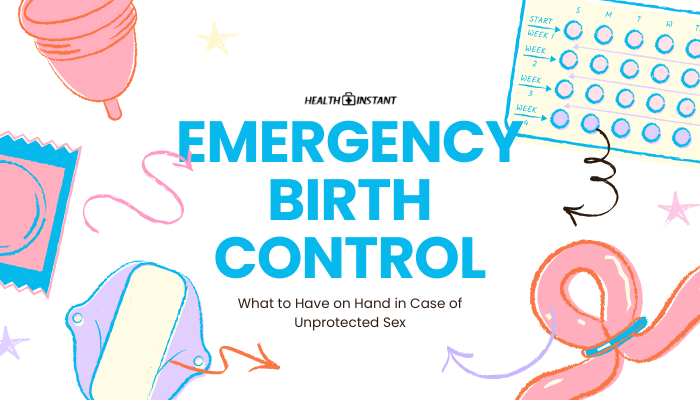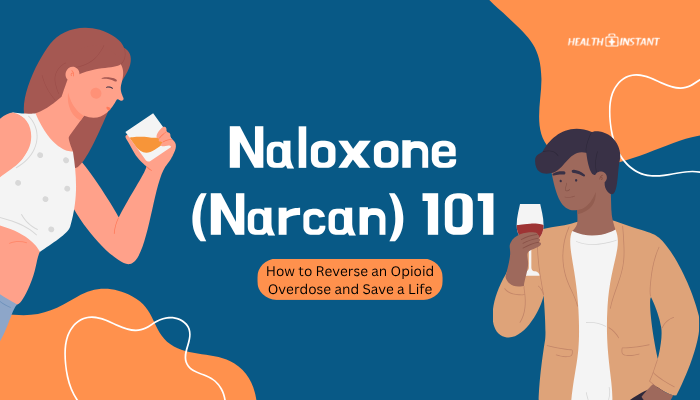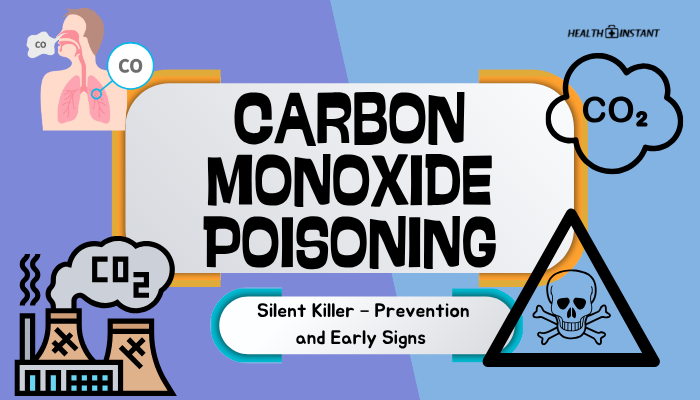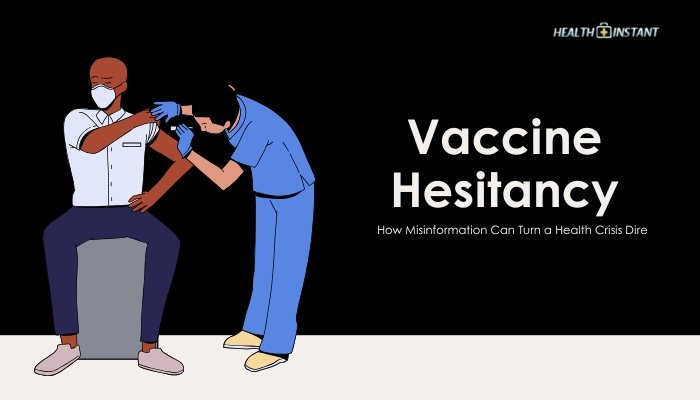Introduction
A pandemic or contagious outbreak reshapes everyday tasks, including grocery shopping and pharmacy runs. Many people turn to home delivery services to minimize potential exposure. But while ordering online is convenient, there are some best practices to follow for truly “contactless” handoffs and ensuring your items stay clean and safe.
This guide covers how to arrange deliveries for groceries, meals, and medicines, plus the essential steps to sanitize items and store them correctly.
Why Contactless Delivery Matters
- Reduced Person-to-Person Contact
- Lower chances of transmitting viruses or germs when face-to-face interactions are minimal.
- Lower chances of transmitting viruses or germs when face-to-face interactions are minimal.
- Convenience During Isolation
- Crucial for high-risk groups (e.g., elderly or immunocompromised) who must avoid crowded stores.
- Crucial for high-risk groups (e.g., elderly or immunocompromised) who must avoid crowded stores.
- Time Efficiency
- Fewer store trips free up your schedule—important if quarantined or working from home.
Setting Up Grocery and Meal Deliveries
- Online Platforms
- Look for local supermarkets or online grocers offering no-contact options.
- Apps like Instacart, Amazon Fresh, or local equivalents can deliver groceries or ready-to-eat meals.
- Look for local supermarkets or online grocers offering no-contact options.
- Payment
- Opt for digital transactions to avoid cash exchange.
- Opt for digital transactions to avoid cash exchange.
- Drop-Off Instructions
- Request that items be left at your door or designated location (e.g., front porch, lobby), ensuring minimal direct contact.
Getting Medications Delivered
- Pharmacy Delivery Services
- Many pharmacies have mail-order prescription programs or partnerships with delivery apps.
- Check insurer coverage, as some plans may cover or partially reimburse mail-order meds.
- Many pharmacies have mail-order prescription programs or partnerships with delivery apps.
- Digital Prescriptions
- Physicians can send scripts electronically to a participating pharmacy, which then ships them out.
- Physicians can send scripts electronically to a participating pharmacy, which then ships them out.
- Plan Ahead
- Avoid waiting until you’re low on meds; account for shipping lead times.
Delivery Handoff and Safety Tips
- Choose Contactless Handoff
- If a signature is needed, many drivers accept photo-based or minimal contact electronic confirmations.
- If a signature is needed, many drivers accept photo-based or minimal contact electronic confirmations.
- Wear a Mask (Optional in Some Regions)
- Good practice if you expect brief interaction with the driver.
- Good practice if you expect brief interaction with the driver.
- Social Distancing
- If you must accept items personally, keep a few feet of space and limit conversation time.
Inspecting and Cleaning Delivered Items
- Wash Hands Before and After
- The simplest but most crucial step to avoid surface contamination.
- The simplest but most crucial step to avoid surface contamination.
- Dispose of Packaging
- If concerned, discard outer packaging promptly in a sealed bin, then sanitize surfaces.
- If concerned, discard outer packaging promptly in a sealed bin, then sanitize surfaces.
- Wipe Down Non-Porous Containers
- Use disinfectant wipes or mild soapy water if you prefer a thorough approach.
- Use disinfectant wipes or mild soapy water if you prefer a thorough approach.
- Avoid Over-Sanitizing
- Excessive chemical use on produce can be harmful. A quick rinse under water or produce-safe wash for fruits and vegetables usually suffices.
Handling Perishable Goods
- Refrigerate Promptly
- Collect items as soon as they arrive; keep them from sitting in the sun or at warm doorsteps for hours.
- Collect items as soon as they arrive; keep them from sitting in the sun or at warm doorsteps for hours.
- Organize by Expiry
- Use older produce or near-expiry dairy first to cut waste.
- Use older produce or near-expiry dairy first to cut waste.
- Check Seals
- If packaging is compromised or bulging, discard or return it.
Community and Volunteer-Based Options
- Local Volunteer Networks
- Many neighborhoods or religious groups help seniors or vulnerable individuals with errands.
- Many neighborhoods or religious groups help seniors or vulnerable individuals with errands.
- Government Programs
- Certain local authorities facilitate free or low-cost meal deliveries for at-risk groups.
- Certain local authorities facilitate free or low-cost meal deliveries for at-risk groups.
- Shared Co-ops
- Some neighbors might collaborate for bulk deliveries, rotating who places weekly orders.
Conclusion
By optimizing for contactless delivery methods—choosing minimal in-person interaction, paying online, and handling items appropriately—you can reduce infection risk while keeping essentials flowing into your home during an outbreak or quarantine.
Securing reliable grocery, meal, and medication delivery ensures continuity in your daily routine, maintaining nutrition, health, and peace of mind. A combination of personal caution (like quick item sanitization) and well-structured online orders helps you navigate challenging times with minimal hassle.
References
- World Health Organization (WHO). (2020). Guidance on food handling and hygiene practices during pandemics.
- Centers for Disease Control and Prevention (CDC). (2021). Safe grocery shopping tips.
- U.S. Food and Drug Administration (FDA). (2020). Handling delivered foods and packages safely.
- American Pharmacists Association (APhA). (2019). Mail-order pharmacy best practices.
Disclaimer: This guide provides general information. Always follow local public health advisories and healthcare professional advice for best results.


